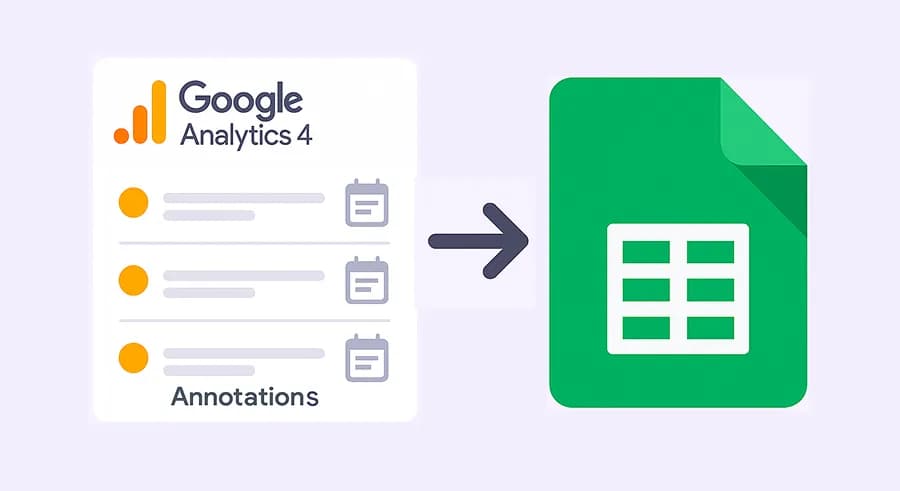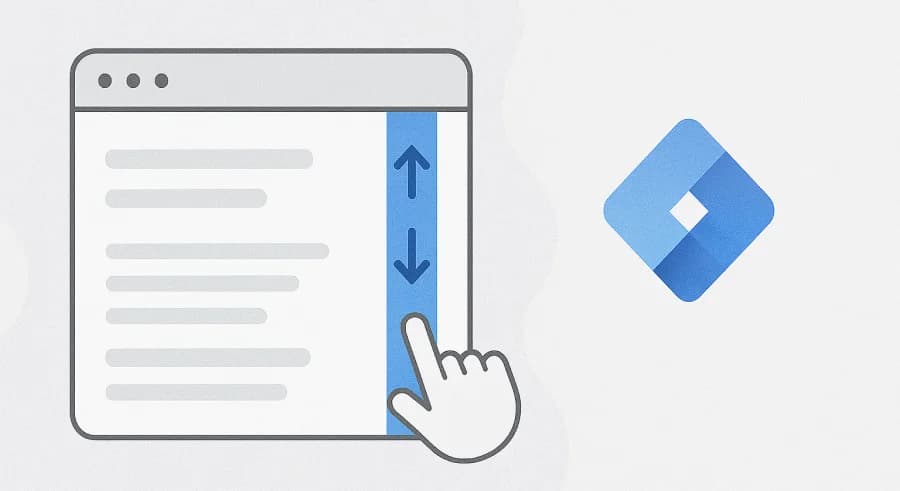
Mon, June 2, 2025
This article, like many others on this blog, appeared by chance — thanks to a question in the chat. Last week, in our private PRO ANALYTICS course chat, Lena Kolisnyk asked: “Is it possible to export annotation data from GA4 into Google Sheets so that it can later be used in custom reports?” Neither I nor the students recalled a ready-made solution. However, about a month ago on LinkedIn — and later in our internal ProAnalytics.Team chat — I came across a solution by Tamás Geiger that allows you to automatically create annotations in GA4 when publishing versions in GTM using Google Apps Script.
Read more
Wed, December 9, 2020
When reading the title of this article, some of you might think: “Oh, it’s just another guy telling me to flip the switch and the event becomes a key one.” If that’s the case, I recommend reading this article to the end — I’m sure you’ll discover some unexpected ways to mark an event as a key event in Google Analytics 4.
Read more
Fri, May 31, 2019
Google Tag Manager allows you to track a huge number of events occurring on the page using standard triggers, but in some cases, they’re not enough. That’s when sending custom events and using the corresponding trigger comes to the rescue. With custom events, you can track any user action — from adding a product to the cart to pressing a specific keyboard button.
Read more
Thu, May 30, 2019
There’s no need to elaborate much on the importance of tracking scroll depth and time spent on a page. The more insights we gather about user interaction with page content, the better. Especially when approached from two angles: First, based on this data, you can understand how engaging and useful your content is for users. Second, you can segment users based on their interaction with a particular page. These segments can then be used, for instance, to create remarketing audiences. I’ve already written about scroll tracking using Google Tag Manager’s built-in functionality , and about how to evaluate content interaction by sending an event based on scroll depth and time spent on a page . Today, we’ll go through another solution based on a custom JavaScript script. This method allows you to capture both the maximum scroll depth and the precise time spent on a page.
Read more
Thu, May 23, 2019
The three main ways users interact with your website are page views , scrolling , and element clicks. I’ve already covered the first two in previous articles. Today, let’s focus on the third.
Read more
Tue, May 21, 2019
Scrolling is one of the primary actions users perform on a website. Tracking this behavior allows you to better understand how visitors interact with content on the page. Although GA4 can, by default, track 90% scroll depth using enhanced measurement events, this is often not enough to properly analyze user interaction. In this article, we’ll dive deeper into the possibilities of tracking scroll activity using GTM.
Read more
Fri, May 17, 2019
In standard Google Analytics reports, there are three metrics that reflect user behavior: Bounce Rate, Pages/Session, and Average Session Duration. While Pages/Session is usually interpreted correctly, in my experience, many digital marketers misinterpret Bounce Rate and Average Session Duration. In this article, I’ll explain what bounce rate really is — and share a method to improve it (read: measure it more accurately).
Read more
Tue, May 14, 2019
DataLayer and the data layer. When I first started with web analytics, I couldn’t figure out whether these were the same thing or different. Every source claimed something different, and I hadn't yet learned how to read Google's documentation :) In any case, I can divide my entire work with GTM into two large periods: BEFORE I understood what the data layer is, and AFTER. Although the data layer is not the simplest thing to grasp, in this article I’ll try to present the information as clearly as possible.
Read more
Fri, May 10, 2019
One of the most common questions I hear from businesses is how to calculate the time between a user’s first visit to the site and their final conversion or purchase.
Read more
Fri, May 10, 2019
If you’ve ever analyzed Facebook traffic in Google Analytics, you’re likely familiar with the situation where you see numerous referrals from different Facebook subdomains to your website.
Read more